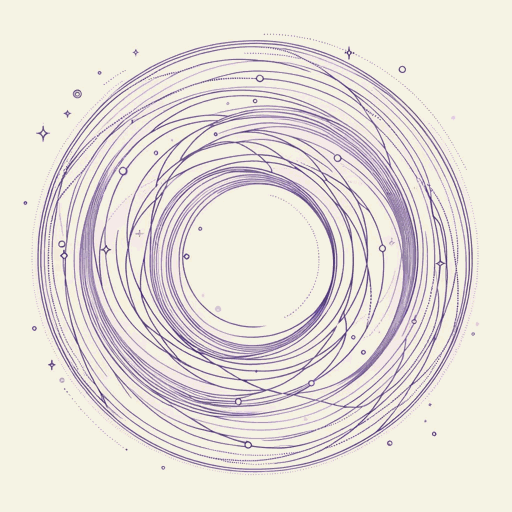45 pages • 1 hour read
William Butler YeatsA Vision: An Explanation of Life Founded upon the Writings of Giraldus and upon Certain Doctrines Attributed to Kusta Ben Luka
Nonfiction | Book | Adult | Published in 1925A modern alternative to SparkNotes and CliffsNotes, SuperSummary offers high-quality Study Guides with detailed chapter summaries and analysis of major themes, characters, and more.
Summary and Study Guide
Overview
A Vision is a philosophical work by the renowned Irish poet and playwright William Butler Yeats originally published in 1925. Drawing on his engagement with mysticism and the occult, Yeats presents an exploration of reality, the cyclical nature of history, the soul’s evolution, and the role of the artist. While much of Yeats’s work incorporates the metaphysical, A Vision is distinctive for its systematic exploration and exposition of these subjects, offering a comprehensive framework rather than the more fragmented allusions found in his poetry. Positioned within the Modernist literary era, the work engages with broader intellectual currents of its time, hinting at complex interplays between individual destiny, historical cycles, and cosmic principles.
A Vision underwent a significant revision in 1937, with Yeats refining and expanding upon his original ideas. As a result, certain interpretations and understandings might differ between the two versions, emphasizing the evolving nature of Yeats’s mystical and philosophical thought.
This guide refers to the original 1925 edition, as published in The Collected Works of W.B. Yeats Volume XIII: A Vision: The Original 1925 Version (The Collected Works of W. B. Yeats) Kindle Edition.
Content Warning: Readers should be mindful of the work’s dated views and terminology reflective of early 20th-century thought and engagement with spiritualist practices and beliefs. Additionally, the guide discusses the poem “Leda and the Swan,” which contains themes of violence and sexual assault.
Summary
In A Vision, Yeats attempts to provide a metaphysical framework for understanding the human experience, history, and the cosmos. The work is deeply influenced by a series of automatic writings dictated to Yeats by his wife, Georgie Hyde-Lees, following their marriage in 1917. Yeats and Hyde-Lees believed these writings were messages from spirits or “communicators.” A Vision is organized into four books, each unraveling a facet of Yeats’s conceptualization of the universe and humanity’s place within it.
Book 1, “What the Caliph Partly Learned,” introduces Robartes, a mystic who unearths an esoteric system revealing cycles of history and human nature. Utilizing the phases of the moon as an allegory, the system classifies individuals into 28 types, each representing distinct personalities and destinies. The moon’s ever-changing face, from waxing to waning, symbolizes cyclical progressions in human temperament and societal epochs.
Book 2, “What the Caliph Refused to Learn,” ventures into the realm of poetry and contemplation. The poem that comprises Chapter 1 emphasizes the depth and layers of human connection, suggesting that true understanding goes beyond the superficial. In the poem, the beauty of a woman is portrayed as ephemeral, yet beneath it lies enduring wisdom. The poem is followed in the next chapter by a philosophical exposition of the cyclical nature of existence, fate, and destiny. Yeats introduces the “gyre” as a symbolic representation of life’s oscillations between expansion and contraction. He bridges these concepts with astrological symbols and historical events, hinting at a metaphysical connection that binds all things.
Book 3, “Dove or Swan,” opens with “Leda,” a poem capturing the tumultuous encounter between Leda and Zeus. This incident not only has personal implications for Leda but also resonates through history, influencing events like the Trojan War. The subsequent chapter delves into the cyclical nature of history and culture. Yeats traces civilizations’ ebbs and flows, from their spirited beginnings to eventual decline, highlighting ancient Greece and Rome as prime examples. He draws parallels between historical trends, religious transformations, and artistic shifts, from the grandeur of Byzantine art to the introspection of the Renaissance.
Book 4, “The Gates of Pluto,” is a reflection on life, death, and what lies beyond. “The Fool by the Roadside” contemplates the transitory nature of human existence, presenting life as fleeting. Yet, amid this fleeting existence, Yeats alludes to the enduring nature of true love. The next chapter takes a deep dive into the soul’s journey, from life to death and the metaphysical stages beyond. Yeats introduces the “Daimon,” a spiritual entity intrinsically tied to humans, guiding their fates. As souls transition through death, they embark on a series of spiritual awakenings and returns, experiencing varying states of consciousness influenced by their past actions. The chapter culminates by discussing visionary experiences that link individuals to collective human memory. Finally, in the poem “All Souls’ Night,” Yeats evokes a world where the living can commune with the dead. As the veil between the two realms thins, the poem contemplates life, death, and the truths that might only be comprehended in the hereafter.
Related Titles
By William Butler Yeats
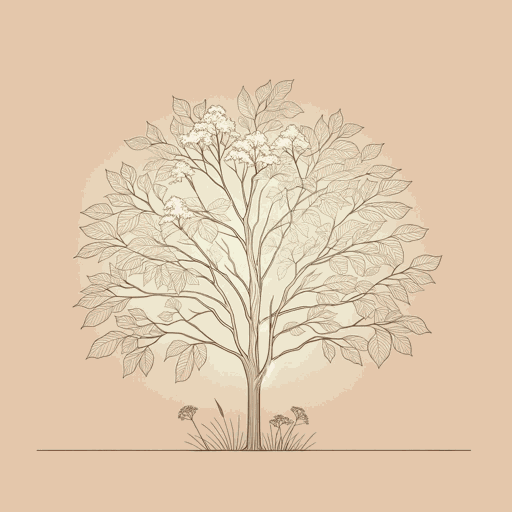
Among School Children
William Butler Yeats
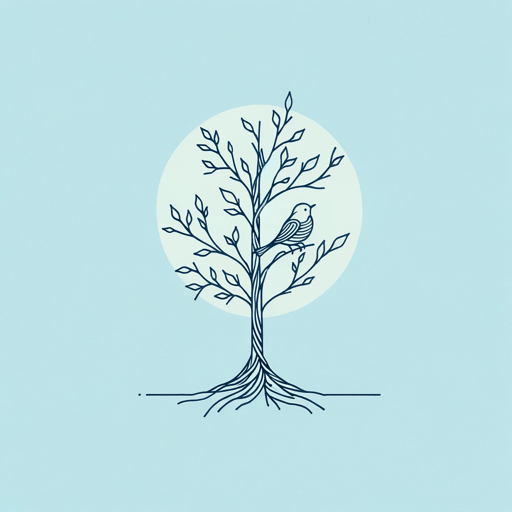
A Prayer for My Daughter
William Butler Yeats

Cathleen Ni Houlihan
William Butler Yeats

Crazy Jane Talks with the Bishop
William Butler Yeats
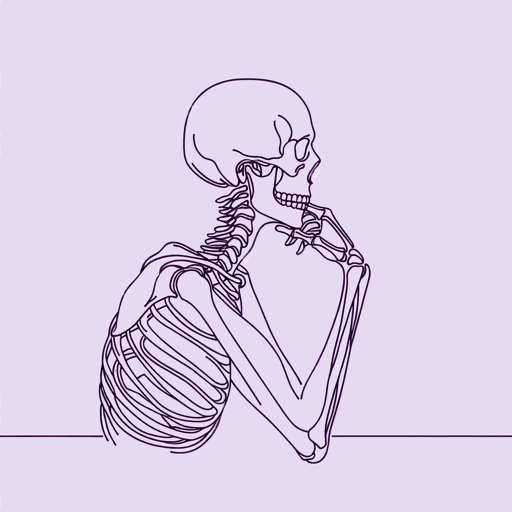
Death
William Butler Yeats

Easter, 1916
William Butler Yeats

Leda and the Swan
William Butler Yeats
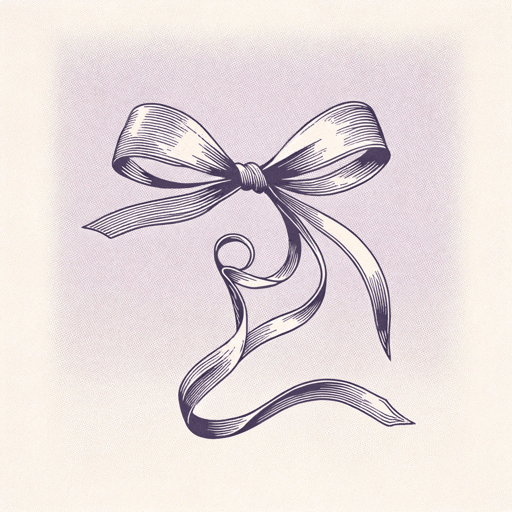
No Second Troy
William Butler Yeats
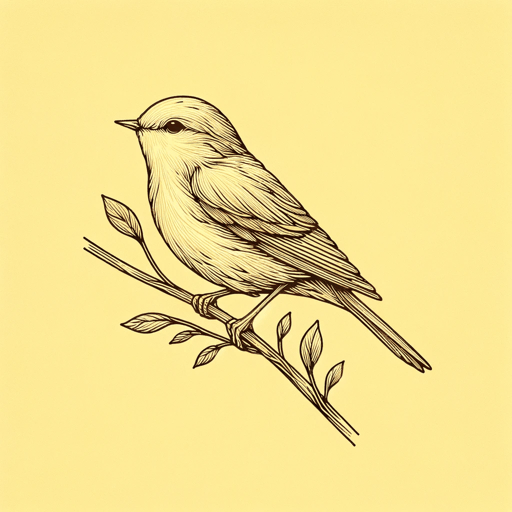
Sailing to Byzantium
William Butler Yeats

The Lake Isle of Innisfree
William Butler Yeats
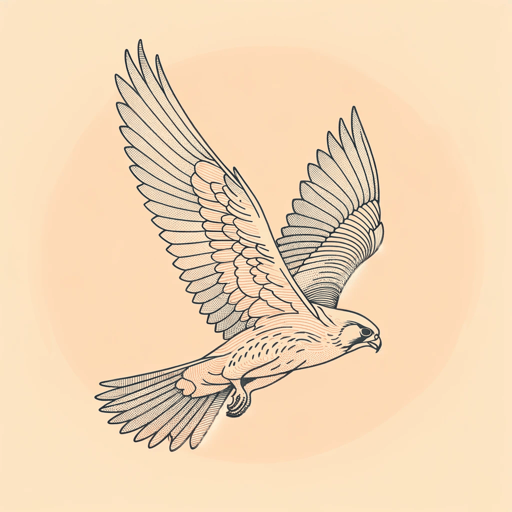
The Second Coming
William Butler Yeats
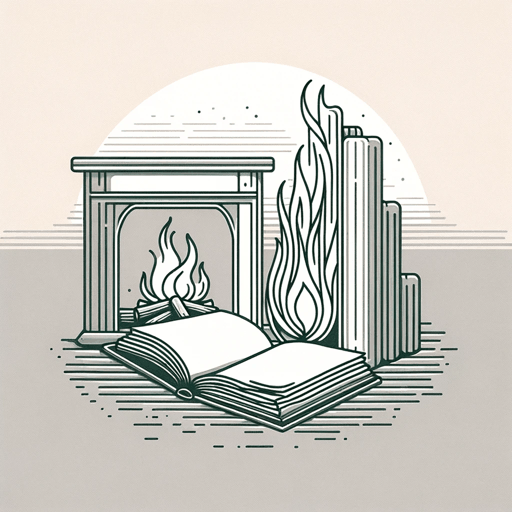
When You Are Old
William Butler Yeats
